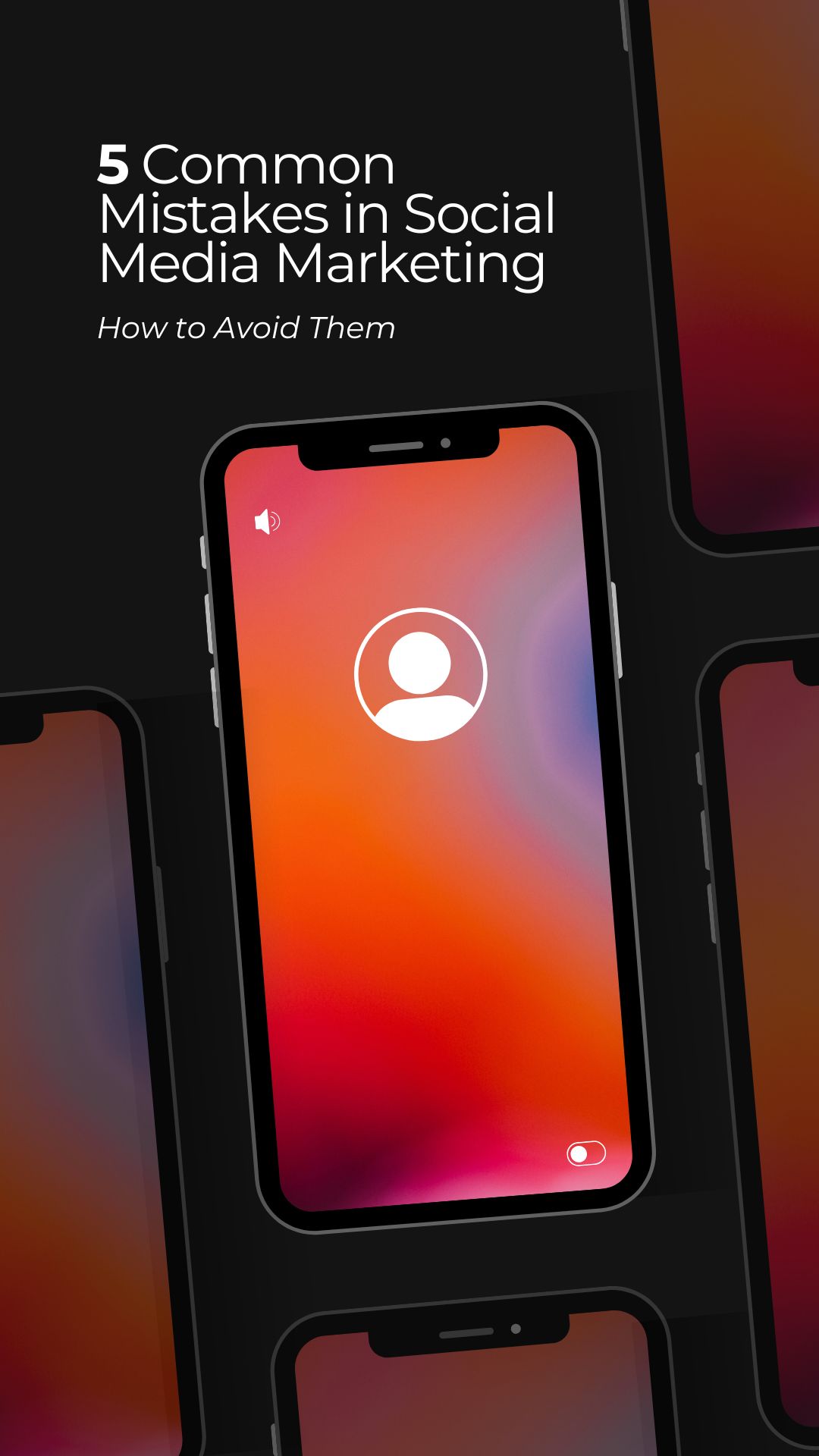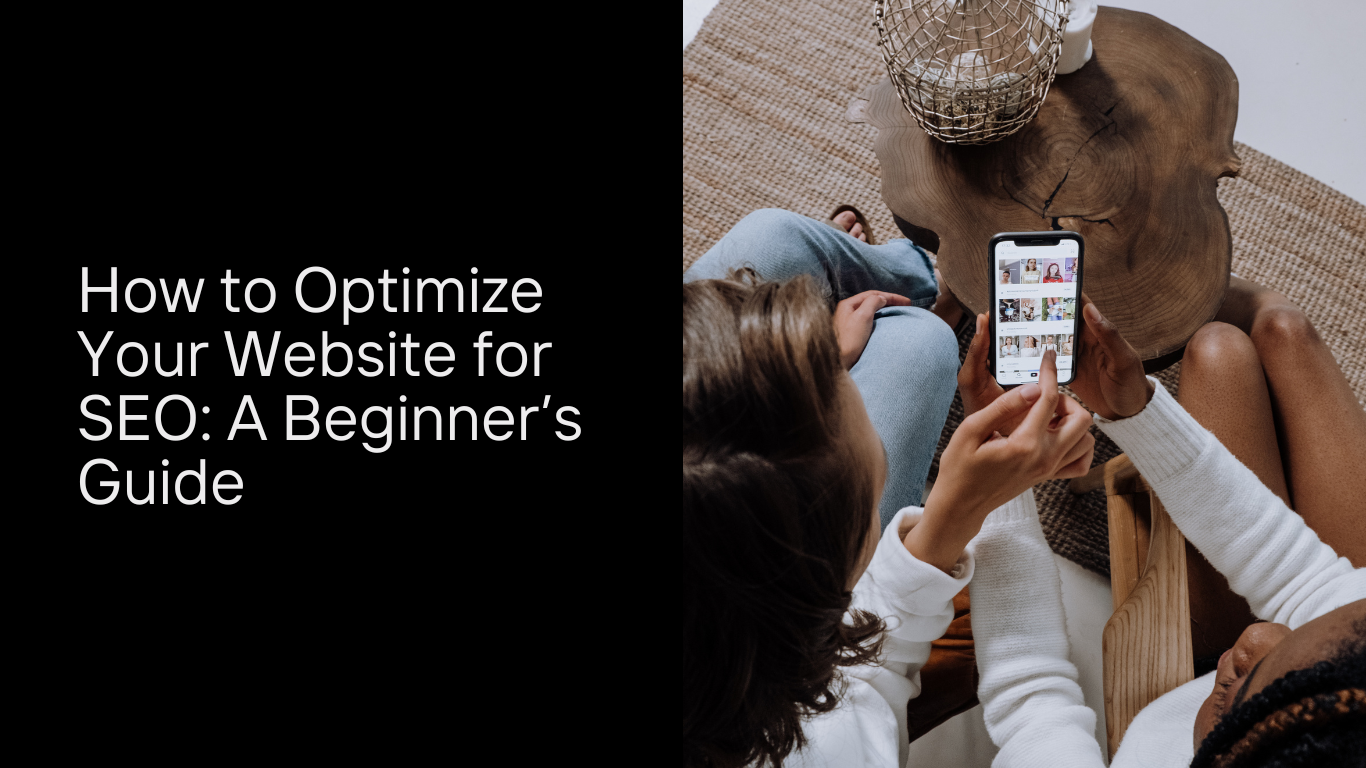Running successful social media ad campaigns involves more than just creating visually appealing ads. It’s about ensuring your content resonates with your target audience and drives meaningful results. One of the most effective ways to optimize your social media ads is through A/B testing. A/B testing (also known as split testing) allows you to compare different versions of an ad to determine which one performs better. In this guide, we’ll dive into the importance of A/B testing, how to conduct it properly, and what elements you should be testing to improve your ad performance.

1. What is A/B Testing in Social Media Ads?
A/B testing is the process of creating two (or more) variations of an ad and running them simultaneously to see which version yields better results. The test compares only one variable at a time—such as headline, image, or CTA—to identify which specific change positively impacts your ad’s performance.
For example, if you’re testing two different headlines for your Facebook ad, one version may say, “Boost Your Fitness in 30 Days,” while the other reads, “Transform Your Body in 30 Days.” The goal is to see which headline drives higher engagement or conversions.
2. Why A/B Testing is Important for Social Media Ads
A/B testing is crucial because it helps eliminate guesswork from your social media advertising strategy. Rather than relying on assumptions about what will resonate with your audience, you can gather data-driven insights to improve ad effectiveness. Here’s why A/B testing is essential:
- Optimize Ad Performance: A/B testing allows you to refine various elements of your ad campaigns, leading to higher engagement, more clicks, and better conversions.
- Maximize ROI: By identifying the most effective ad variations, you can allocate your budget more efficiently, ensuring you get the highest return on investment (ROI).
- Understand Your Audience: A/B testing helps you understand your audience’s preferences, such as which messaging, images, or offers resonate the most.
- Reduce Costs: By optimizing your ads, you can reduce wasted ad spend on underperforming creatives and strategies.
- Continuous Improvement: The insights gained from A/B testing can be applied to future campaigns, leading to continuous improvement in your social media ad performance.
3. What to A/B Test in Social Media Ads
When conducting A/B tests, it’s important to focus on one variable at a time so you can isolate which specific element is impacting performance. Here are some key components you should consider testing in your social media ads:
- Ad Copy: Test different versions of your headline, body text, or captions to see which copy resonates better with your audience. For example, one headline might focus on a discount offer, while another emphasizes product benefits.
- Call-to-Action (CTA): The CTA is critical in guiding users toward the desired action. Test different CTAs like “Shop Now,” “Learn More,” or “Sign Up Today” to see which one drives more clicks or conversions.
- Visuals: The images or videos used in your ads have a significant impact on engagement. You can A/B test different visuals, such as product photos versus lifestyle imagery, or even different color schemes to see which grabs more attention.
- Ad Format: Test different ad formats, such as single-image ads, carousel ads, or video ads. Different formats may perform better depending on the platform and your audience’s preferences.
- Audience Targeting: Experiment with different audience segments, such as age, gender, location, or interests. A/B testing can help you refine your targeting to reach the audience most likely to engage with your ads.
- Ad Placement: Platforms like Facebook and Instagram offer multiple placement options, including feed ads, story ads, and right-column ads. Test different placements to see where your ads perform best.
- Offer or Promotion: If your ad includes a special offer or discount, test different variations of the promotion. For example, compare “20% Off” versus “Buy One, Get One Free” to see which offer generates more sales.
4. How to Conduct A/B Testing for Social Media Ads
Conducting an effective A/B test requires planning and precision. Here are the steps to follow:
- Step 1: Set a Clear Goal
Before you start A/B testing, define the goal of your campaign. Are you looking to increase clicks, conversions, or engagement? Knowing your objective will help you identify the right metrics to measure and assess the success of your test. - Step 2: Choose One Variable to Test
For accurate results, only test one variable at a time. This way, you can be certain that any difference in performance is due to the specific change you made. For example, if you’re testing headlines, keep the visuals and targeting consistent across both ads. - Step 3: Split Your Audience Evenly
Your audience should be split equally between the two ad variations. Most social media platforms, such as Facebook Ads Manager, will automatically divide the audience evenly for you. This ensures that each version of the ad is exposed to a similar group of people. - Step 4: Run the Test for an Appropriate Time Period
The length of time you run your A/B test depends on your budget and audience size. However, it’s essential to let the test run long enough to gather sufficient data. Typically, a test should run for at least 7 days to avoid making decisions based on early, fluctuating results. - Step 5: Analyze the Results
Once the test is complete, compare the performance of each ad variation based on the key metrics you’re tracking (e.g., CTR, conversion rate, cost per click). The ad with the better performance is your winning version. Use these insights to inform future campaigns.
5. Best Practices for A/B Testing Social Media Ads
To get the most out of your A/B testing efforts, here are some best practices to follow:
- Test One Variable at a Time: Avoid testing multiple variables simultaneously. This can complicate the analysis and make it difficult to determine what caused any changes in performance.
- Ensure a Large Enough Sample Size: A/B tests require a significant amount of data to produce reliable results. If your sample size is too small, the results may not be statistically significant. Make sure your ad is reaching enough people to draw accurate conclusions.
- Let the Test Run Its Course: Resist the temptation to end your test prematurely. Even if one ad seems to be performing better early on, allow the test to run its full course to gather comprehensive data.
- Focus on Key Metrics: Stay focused on the metrics that matter most to your campaign’s success. For example, if your goal is conversions, don’t get distracted by engagement metrics like likes or shares.
- Keep a Testing Log: Document each A/B test you conduct, including the variable you tested, the results, and your analysis. This helps you keep track of what works best and builds a knowledge base for future campaigns.
6. Common Pitfalls to Avoid in A/B Testing
While A/B testing is a powerful tool, there are some common mistakes that can undermine your results. Here’s what to avoid:
- Testing Too Many Variables at Once: Testing multiple changes in a single test can make it difficult to identify what caused the performance difference. Stick to testing one variable per test.
- Ending the Test Too Early: Ending a test too soon can result in skewed data. Be patient and let the test run for a sufficient period to gather meaningful insights.
- Not Testing Enough: A/B testing is an ongoing process. Don’t stop after one successful test. Continuously test new elements of your ads to keep optimizing your campaigns.
- Relying on Gut Instinct: Don’t assume you know what will work best. A/B testing allows you to base decisions on data, so trust the results rather than gut feelings.
7. Applying A/B Testing Insights to Future Campaigns
The insights you gain from A/B testing don’t just apply to the current campaign—they can inform your future advertising efforts as well. By understanding what resonates with your audience, you can:
- Refine your targeting for future campaigns.
- Adjust your messaging to better align with audience preferences.
- Use winning creatives and CTAs in future ads.
- Improve your overall advertising strategy to boost ROI.
Additionally, A/B testing helps you stay agile in the ever-changing world of social media advertising. As platforms and audience behaviors evolve, continuous testing ensures that you’re always optimizing and adapting your strategy.

Conclusion
A/B testing is an invaluable tool for optimizing your social media ad campaigns. By testing different elements, such as ad copy, visuals, CTAs, and targeting, you can make data-driven decisions that lead to better performance and higher ROI. Remember to test one variable at a time, run your tests for a sufficient period, and analyze the results carefully. When done right, A/B testing allows you to refine your advertising efforts, deliver more effective ads, and stay ahead of the competition.


































































